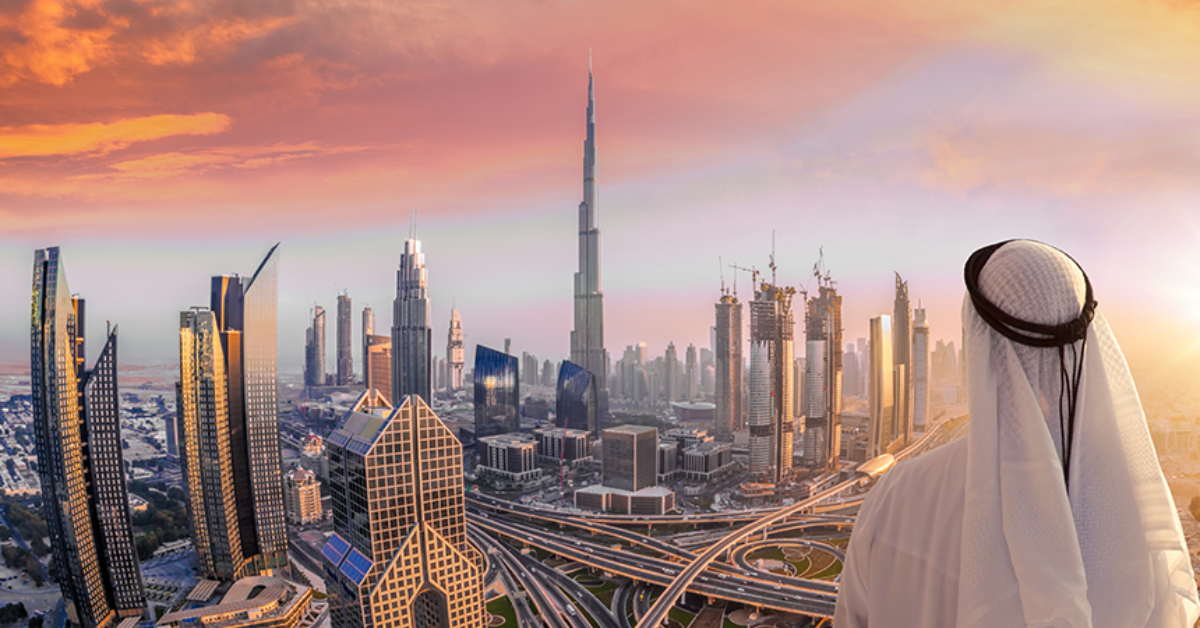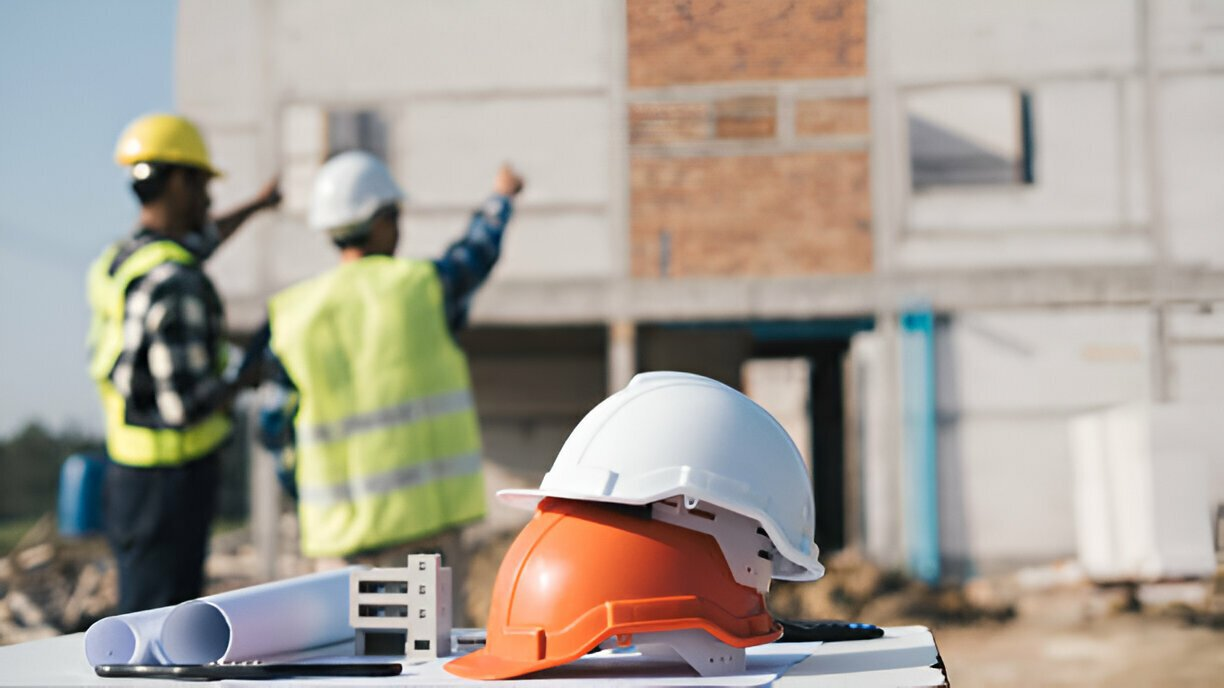
Top Industries
Quick Links
Subscribe Now
Join Thousands of Industry Leaders!
Copyright © 2025 Companies in UAE. All rights reserved.
May 13, 2025
companies.uae

Construction companies in Denmark are establishing international standards in the centre of Scandinavia, where design meets sustainability. From Copenhagen’s elegant architecture to national eco-forward infrastructure initiatives, Denmark’s building scene is anything but typical. But what distinguishes it really is the synergy between invention, control, and workmanship�not only its aesthetic or green aspiration.
This paper presents an insider’s perspective of Denmark’s building ecosystem�the opportunities, the difficulties, and the future-forward attitude driving this industry�rather than merely lists companies.
The Denmark Way of Building: A Unique Ecosystem
Unlike many worldwide marketplaces, three pillars define the Denmark building sector rather strongly:
Regulations with sustainability first in mind
Design-centric moral principles
Cooperation between public and commercial sectors
Denmark has been driven to top of green building innovation and urban liveability rankings by these causes.
Denmark construction companies are more than just contractors; they are solution providers, frequently combining digital technology, environmental science, and engineering to satisfy the challenging needs of today.
1. Climate Leadership
Denmark’s aim of carbon neutrality by 2050 is not only a political one but also a business model one. Often exceeding minimum compliance, construction firms are obligated to follow strict environmental criteria.
From low-energy homes to green roofs and lifecycle studies, Denmark builders include sustainability at every stage�from procurement to demolition�using design thinking.
2. Design Thinking
Denmark building projects typically mirror the ideas of form meeting function, while a society steeped in functional minimalism reflects these ideas. From the first, builders and architects work together to create coherent, liveable buildings that give user experience top priority.
3. Digitization and Smart Construction
BIM, or building information modelling, is being adopted really extensively. Digital twins, artificial intelligence-powered project management systems, and data-driven maintenance approaches are among the investments made by many Danish businesses.
In Denmark, construction is not just physical�it�s digital, too.
Emerging Trends Shaping the Future
Modular Construction
Modular and prefabricated building alternatives are becoming more popular as urban space closes and demand for homes soars. Perfect for Denmark’s urban growth, they cut waste, expedite building, and provide scalable answers.
Circular Economy Initiatives
Using circular design�reusing resources, cutting landfill�the sector is extending building lifetimes and To monitor the possibility for reusing every component, companies are now including material passports.
Smart Cities and Infrastructure
Projects like �Nordhavn� in Copenhagen are trial grounds for smart mobility, energy-efficient networks, and integrated construction planning.
Denmark creates whole intelligent ecosystems rather than only houses.
Regional Construction Hotspots
Although Copenhagen is the hub of growth, other cities are also rising:
Aarhus: Well-known for cultural initiatives and facilities supporting education.
Odense: A robotics centre that shapes smart factory building and industrial design.
Aalborg: Projects on waterfronts and urban renewal are exploding.
Every area shows a mix of local needs and international norms, which building companies accommodate.
Challenges Faced by the Industry
No landscape is without challenges. The main obstacles Danish building firms encounter are:
Labor Shortage: Businesses looking for skilled labour as demand for it increases are investigating foreign hiring and automation.
Material Costs: Global supply chain volatility has raised material costs, which forces companies to look for locally sustainable substitutes.
Regulatory Pressure: Denmark’s rules are progressive, but they also demand ongoing adaptation�particularly for foreign companies joining the market.
Opportunities for Investors and Entrepreneurs
Tech, policy, and design taken together provide a rich environment for:
Green technological startups
smart house integrators
AI-driven construction management platforms
Ecological providers of materials
Denmark is among the most investor-friendly building markets in Europe with government-backed innovation funds and a proactive attitude to urban development.
Discover the changing construction companies in Denmark�insights, trends, and industry player, professional, and investment expert analysis here.

Join Thousands of Industry Leaders!
Copyright © 2025 Companies in UAE. All rights reserved.